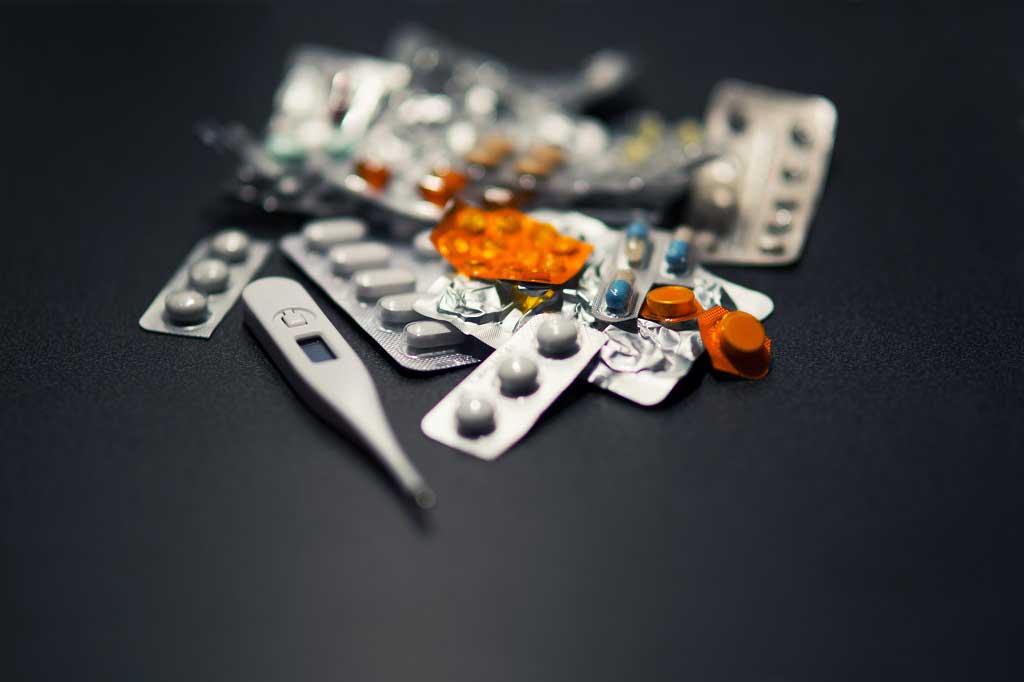Sperm created in lab
Genetics and stem cells
Widespread coverage has been given to news of test tube sperm being grown in a laboratory. Many newspapers said the research raises hopes that “infertile men may
Widespread coverage has been given to news of test tube sperm being grown in a laboratory. Many newspapers said the research raises hopes that “infertile men may one day be able to father their own biological children” (The Independent ). Other newspapers discussed the ethical implications of the research, or asked if this was “the end of men?” (Daily Mirror ).
This research is a long way from reaching a stage where sperm produced via this technique could be used to fertilise a human egg. Only a small number of sperm-like cells were produced, and this technique has so far used only stem cells from embryos, not cells from adult males. In addition, many experts have asked whether the sperm-like cells that were produced are actually functioning sperm. The researchers have responded by pointing out that the research was 'proof of principle', and they will continue to develop this area of research.
The research is definitely a step forward in understanding reproductive biology and germ stem cell development, but it has limited immediate implications in the field of reproductive medicine and fertility treatment. Much more research into the medical, scientific and ethical issues surrounding this contentious issue is needed.
Where did the story come from?
The research was carried out by Jae Ho Lee and colleagues from the North East England Stem Cell Institute (NESCI), Newcastle University, University of Oxford and other institutions in Germany and Spain. This study was supported by Newcastle University, Newcastle upon Tyne and ONE NorthEast.
The pre-publication study comes from the peer-reviewed medical journal Stem Cells and Development .
What kind of scientific study was this?
This laboratory research aimed to develop a method by which male germline stem cells could be developed from human embryonic stem cells. Human embryonic stem cells can potentially develop into any other cell type in the body. Germ stem cells can develop into sperm or eggs. During embryonic development, a group of germline stem cells (called primordial germ cells) develop into gonocytes in males. After birth, these gonocytes develop into spermatogonial stem cells, which manufacture sperm cells. The researchers say that understanding the mechanisms of germ cell development and how the cells are able to develop into sperm is important in further understanding the causes of male infertility.
In this study, the researchers firstly grew human embryonic stem cells together with inactivated mouse embryo connective tissue cells in the laboratory. The human embryonic stem cells were then treated with a specific culture medium to encourage the generation of germline stem cells. So that they could identify human embryonic stem cells in different stages of cell division and differentiation (development into different types of cells), the researchers compiled a list of genes that are switched in definite stages of germline stem cells development from primordial germ cells to sperm (germ cell specific markers) and not seen in non-germline body cells. They then looked at the human embryonic stem cells and observed which of these genes had been switched on, to see whether the male germ stem cells lines were developing, and what stage they had reached.
To investigate whether the human embryonic stem cells-derived germ cells could undergo the cell division required to form sperm cells in the laboratory (called meiosis), the researchers examined the DNA content of the cells. Sperm cells are haploid, which means that they contain half the amount of chromosomes (and therefore DNA) of normal non-reproductive body cells, which are diploid. The researchers also looked at whether the treated human embryonic stem cells developed into cells that had tails and could move – typical traits of sperm cells.
What were the results of the study?
The researchers found that the germ stem cells developed in the laboratory from male embryonic stem cells expressed genes, which indicated that the cells were developing into primordial germ cells, spermatogonial stem cells, and sperm-like haploid cells. About 3.1% of the cells were found to be haploid, indicating that they had completed the cell division (meiosis) that normally occurs in the production of sperm. Some of the cells also formed a tail-like structure and could move.
The researchers only found success with the development of the male germ cell lines when they used male (XY) human embryonic stem cells, but not female (XX) human embryonic stem cells.
What interpretations did the researchers draw from these results?
The researchers conclude that, while the full potential of the germ cells derived from human embryonic stem cells in vitro and the sperm-like cells that the germline stem cells then produced remains to be demonstrated, this development provides a new approach for studying human germ cell biology. It is also hoped that it may lead to the establishment of new treatment approaches for infertility.
What does the NHS Knowledge Service make of this study?
The media has mainly focused on the potential of this research to enable infertile men to conceive by using their own genetic material to create sperm in the lab. However, many experts in the fields of reproductive medicine and stem cell research have doubts over whether the sperm-like cells that were produced are actually functioning sperm. Sperm biologist Dr Allan Pacey of the University of Sheffield said, “Whilst the cells produced may possess some of the distinctive genetic features and molecular markers seen in sperm, fully differentiated human spermatozoa have specific cellular morphology, behaviour and function that are not described here.”
In response to these criticisms, the lead researcher Professor Karim Nayernia said the research was “clearly labelled 'proof of principle' to begin with, and the researchers never claimed it as being more than that. He added, “our intention was to open up new avenues of research with these early findings. My research group believes this is a very important and exciting step forward, and we will continue to develop this area of research.”
This research is a long way off from a stage where the viability of artificially created sperm could be tested and used to fertilise a human egg. This is borne out by the fact that only a small number of sperm-like cells were produced, and this technique has so far used only stem cells from embryos, not cells from adult males.
The research is definitely a step forward in understanding reproductive biology and germ stem cell development, but it has limited immediate implications in the field of reproductive medicine and fertility treatment. Much more research into the medical, scientific and ethical issues surrounding this contentious issue is needed.






 Subscribe
Subscribe Ask the doctor
Ask the doctor Rate this article
Rate this article Find products
Find products







